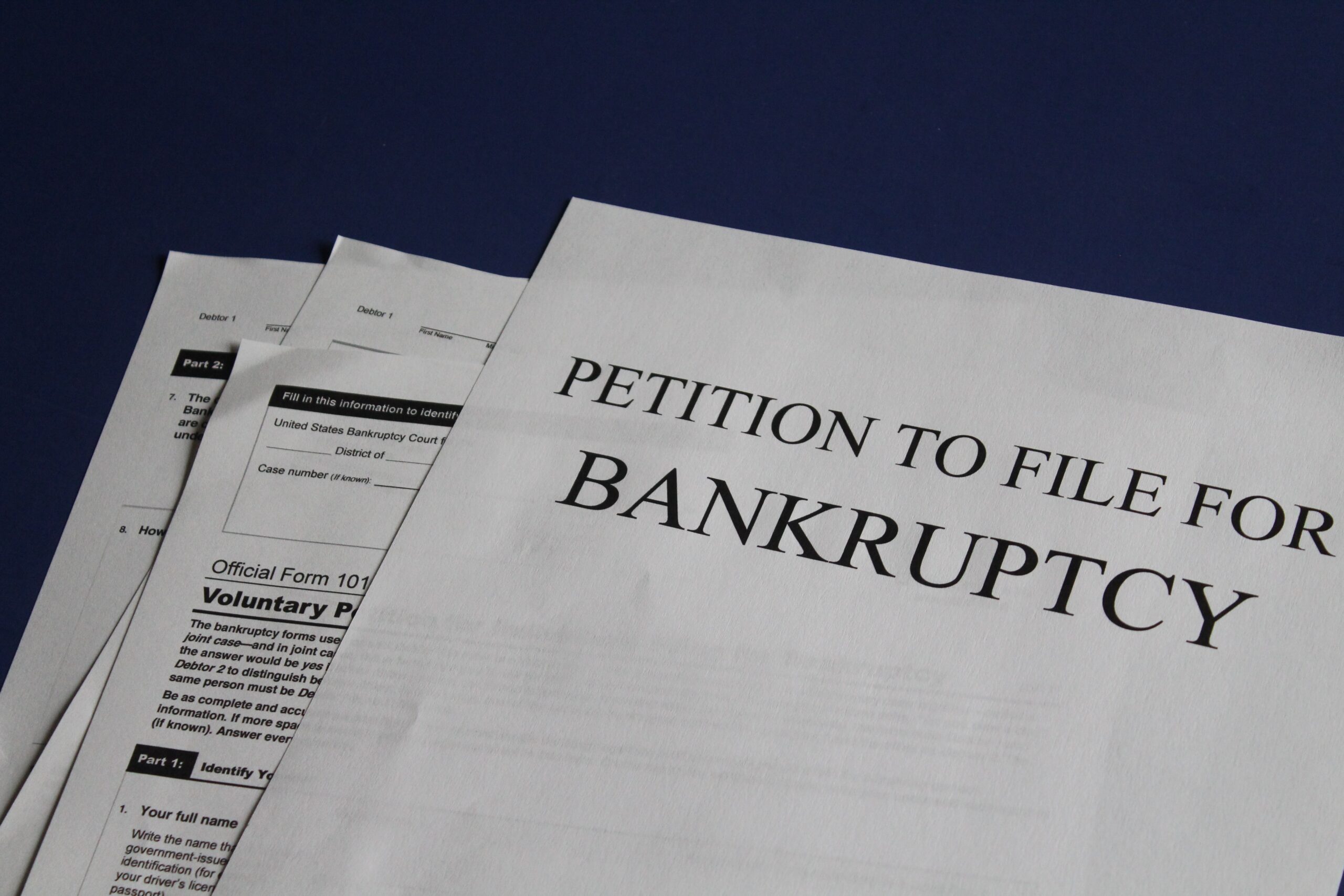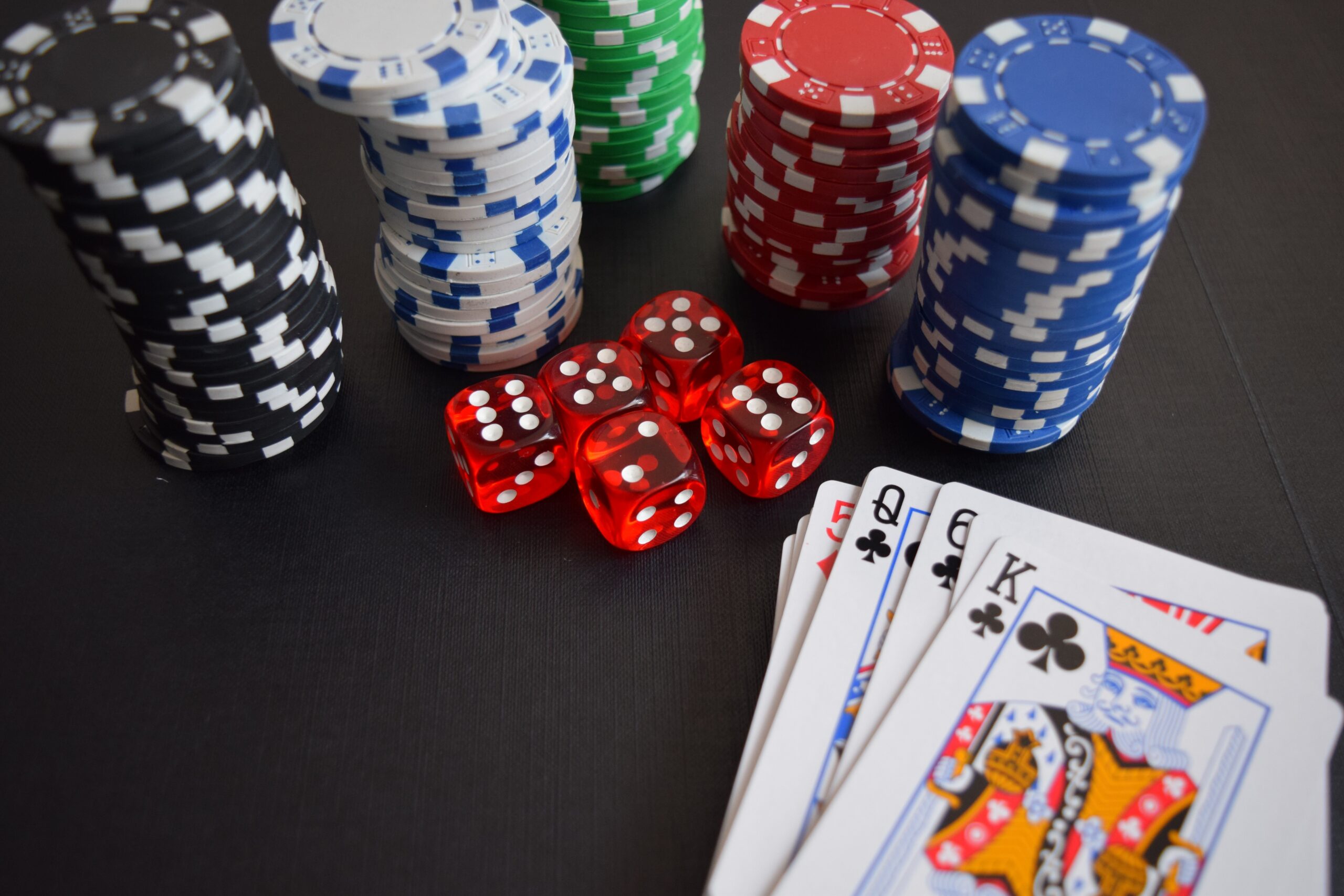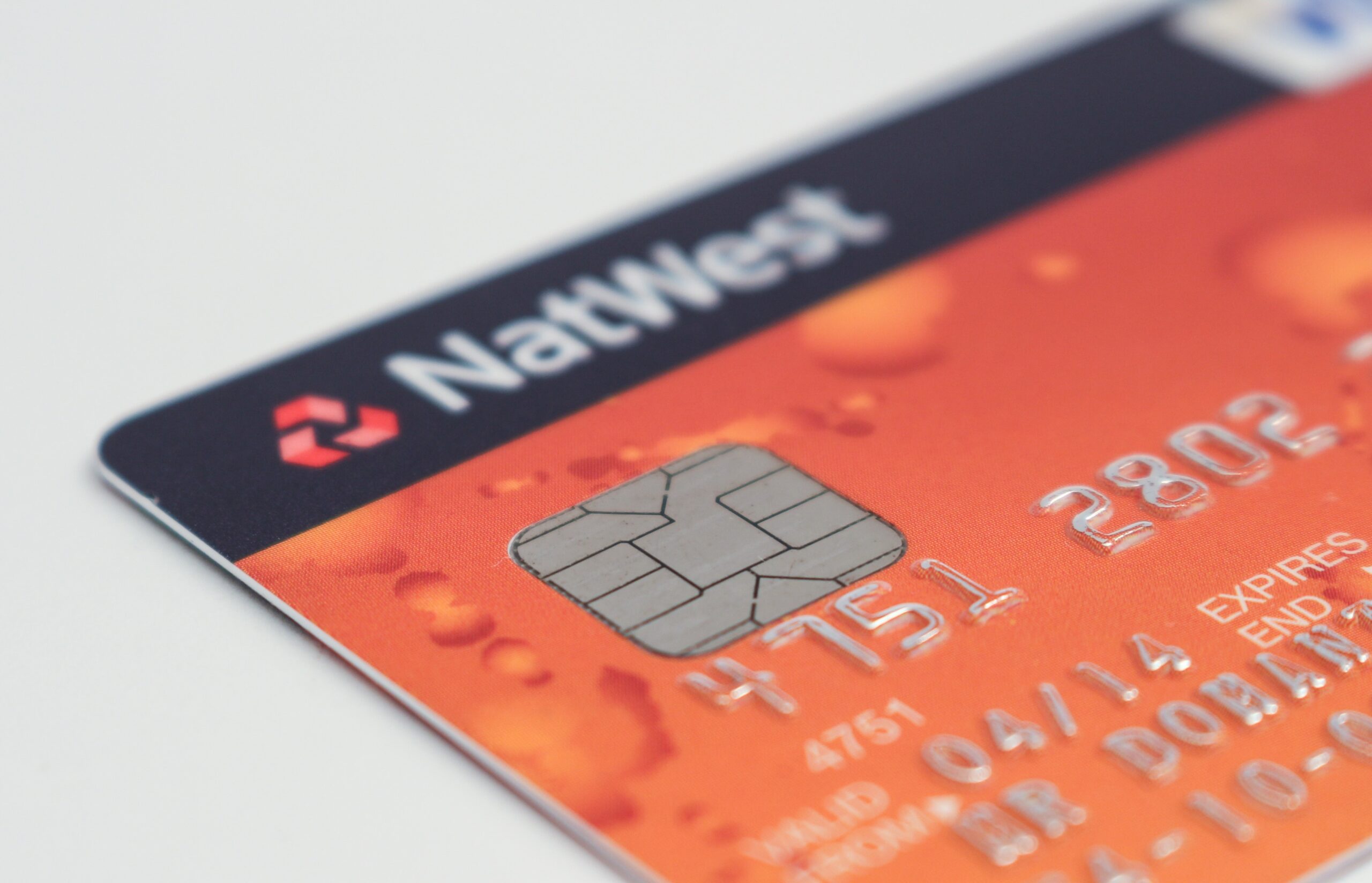Bankruptcy is a legal process that can be undertaken when a person has failed to repay their debts. The process allows a person’s assets to be used to pay back the debts owed and for the debt to be written off.
In the UK, you must owe a minimum of £5000 in order to be eligible. An individual or a creditor can apply for bankruptcy.
Filing for bankruptcy is a difficult decision and the process can be devastating. You should figure out if there are other ways to become debt-free before choosing that option.
Obtaining free, impartial advice from a charity like Stepchange will allow you to make an informed decision.
Consequences of Going Bankrupt in England & Wales
Filing for bankruptcy results in your name being placed on the Insolvency Register. The register contains details of people that have been made insolvent through bankruptcies, Individual Voluntary Agreements or Debt Relief Orders.
Your name remains on the register until 3 months after you have been discharged from bankruptcy.
There are several rules you have to follow when you become bankrupt and you may be prosecuted if you break them.
You Can’t:
- Act as a director of a company without the court’s permission.
- Create, manage or promote a company without the court’s permission.
- Borrow more than £500 without disclosing that you are bankrupt.
- Continue running a business without telling your business partners you’ve been made bankrupt.
- Work as a debt insolvency practitioner.
- It remains on your Credit File for 6 years. It also adversely affects your Credit Score.
What Debts Can and Can’t be paid off by Bankruptcy?
Not all debts can be written off by bankruptcy. These are:
- Student loans
- TV licence fees
- Debts obtained through fraud
- Child Maintenance feels
- Criminal Fines
- Debts secured against your home e.g. Mortgages
- Court-ordered fees in divorce cases.
But credit cards, overdrafts, utility arrears, store cards and overdrafts can be included in a bankruptcy filing.
Debt from goods have been obtained on finance e.g. cars, fridges, sofas etc., will be included. You can give the items back or you can keep them and continue paying the debts in some cases.
Rent arrears are included in bankruptcy but the landlord can still evict you.
A mortgage can be included if you surrender the property or if the property gets repossessed.
How a Creditor Can Make You Bankrupt
Creditors can apply to make you bankrupt if you break the terms of an IVA or if you provided false information on your IVA application. They can also apply for bankruptcy after they’ve tried using bailiffs to collect the debt.
The creditor first applies for a statutory demand. This is a warning that bankruptcy action is imminent. It’s als a formal request for you to pay the debt that is owed.
You have 21 days to respond to the statutory demand and either pay the debt or arrange a payment plan.
If you don’t respond within the 21 day period, the creditor can go ahead and apply for bankruptcy.
How to Make Yourself Bankrupt
If you decide that Bankruptcy is the best solution for you, here is what you need to do.
- Complete and submit a petition for bankruptcy.
- Pay the fees. In England and Wales, it costs £680 to become bankrupt. £130 is for the application and £550 for the bankruptcy deposit.
- A person called an “official receiver” is allocated to your case.
- If bankruptcy is approved, The official receiver will take control of your assets unless an insolvency practitioner is appointed. An insolvency practitioner is usually an accountant or solicitor.
- They arrange for your assets to be sold. Essential household items such as fridges and cookers can’t be sold. Anything you need for work also can’t be sold.
- You may also have to make monthly payments towards the bankruptcy debts for 3 years, in what is called an Income payment Arrangement (IPA).
- An IPA is granted if you have disposable income of more than £20.
What happens after Bankruptcy?
You will be released from bankruptcy after 1 year. This means the debts that were part of the bankruptcy will be written off. You still need to pay debts that weren’t included in the bankruptcy.
If you were placed on an IPA, the payments will stop after 3 years. You may not get back all the assets that were seized, even if they haven’t sold yet. Any assets acquired after bankruptcy remain yours.
Conclusion
Choosing to or being made bankrupt is devastating. It’s not a decision that should be made lightly. Even though there are consequences to it, it is a way to write off debt. It can also be a fresh start and give you time to work on your money mindset to avoid getting into debt again.
Have you ever experienced bankruptcy? How was the process and how did you cope with it?


